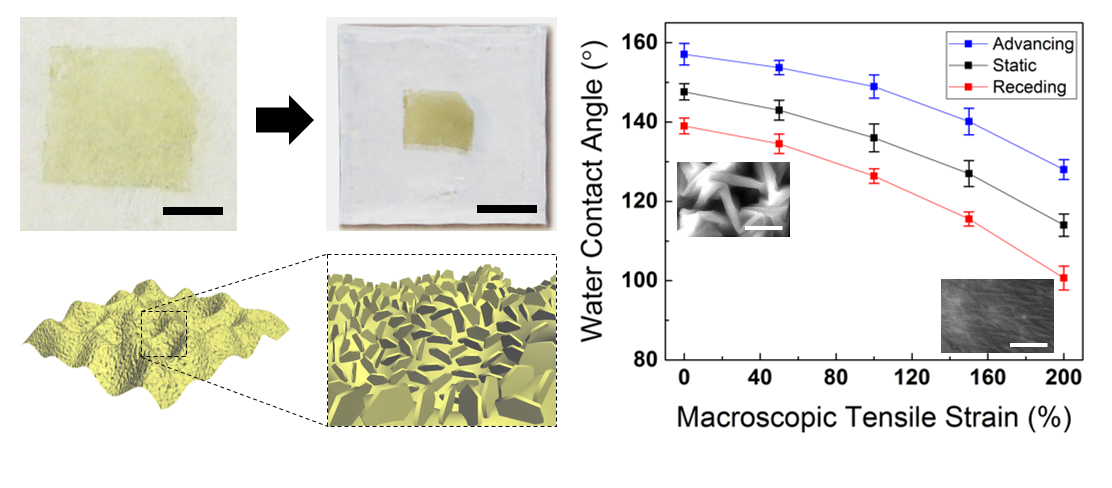
Researchers can now grow twistronic material at sizes large enough to be useful. While an exciting potential area of nanotechnology, twistronics until now has mostly been explored on samples smaller than human hairs. Now researchers can produce samples on the centimetre scale.
2D materials, which consist of a single layer of atoms, have attracted a lot of attention since the isolation of graphene in 2004...
Read More








Recent Comments